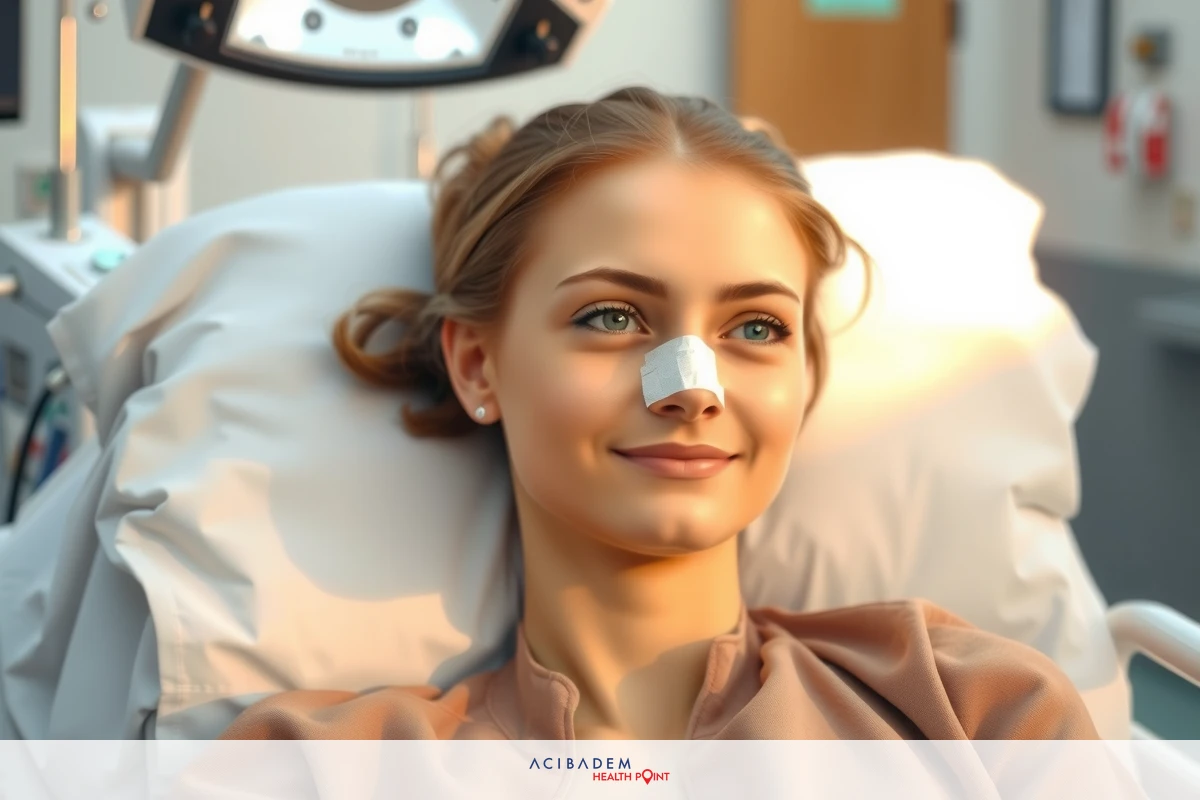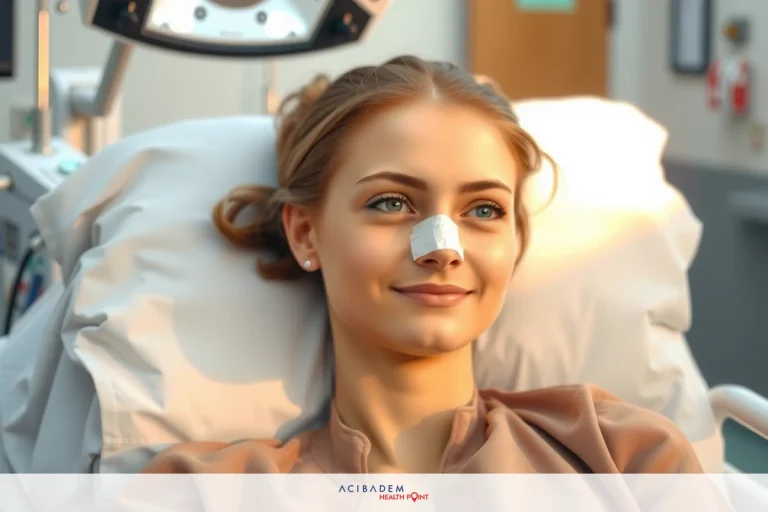What is a Spreader Graft in Rhinoplasty
What is a Spreader Graft in Rhinoplasty Rhinoplasty, the art of reshaping the nose, often employs an essential tool called a spreader graft. This small piece of cartilage serves as support for the nasal structure while enhancing both form and function. With careful application by a skilled surgeon, these grafts play their part subtly but effectively.
What spreader grafts are requires diving into the intricacies of nasal anatomy and surgical techniques. By manipulating these minuscule structures, surgeons can moderate airflow through your nostrils or adjust your nose’s shape to suit your aesthetic desires. It’s fascinating how such small elements can have profound impacts on our perception of facial beauty and respiratory comfort.
The benefits that flow from utilizing spreader grafts within rhinoplasty surgeries extend beyond mere physical transformation. These little pieces of cartilage could boost one’s confidence or improve breathing ability – underscoring their importance in this field. Despite any concerns you might harbour about undergoing such an operation, rest assured knowing that countless individuals worldwide have experienced its positive outcomes.
What Are Spreader Grafts?
Spreader grafts, as their name suggests, are small pieces of cartilage used in rhinoplasty to spread or widen certain parts of the nose. These grafts are typically harvested from your own nasal septum which is the wall that separates your two nostrils inside your nose. In some cases, they may also be procured from other areas such as the ear or rib. The use of one’s own tissue reduces the risk of rejection and ensures a natural integration with existing nasal structures.
The complex nature of nasal anatomy plays a significant role in how spreader grafts function within
rhinoplasty procedures. They usually find their place between the upper lateral cartilages and septal cartilage – acting almost like shims in a piece of furniture to provide stability and correct deviations. Their primary goal is to expand narrow internal nasal valves that inhibit airflow; thus improving breathing capacity postsurgery.
While not every rhinoplasty surgery will require spreader grafts, they have become increasingly prominent due to their effectiveness in maintaining structural integrity during aesthetic alterations. Simultaneously, these minute additions facilitate enhanced control over air passage through the nostrils for patients who might have faced respiratory issues prior to surgery. As we continue immersing ourselves deeper into this intriguing world of nasal reconstruction surgery, it becomes clear just how pivotal roles such tiny elements play.
Benefits of Spreader Grafts
In the realm of rhinoplasty, spreader grafts have cemented their place as influential components. They offer a plethora of benefits that extend from restoring functional aspects to enhancing aesthetic appeal. By acting as supportive pillars within the nasal structure, they contribute towards achieving a balanced and harmonious nose shape that aligns well with other facial features.
- Improvement in Breathing: One of the primary purposes of using spreader grafts in rhinoplasty is to enhance airflow through the nostrils. By widening narrow internal nasal valves or straightening deviated septum structures, these grafts can significantly improve breathing capacity post-surgery.
- Structural Stability: Aside from improving function, spreader grafts also provide structural stability during and after nasal surgery. Particularly in cases where significant reshaping is involved, these cartilage strips ensure adequate support for maintaining the new form over time.
- Aesthetic Enhancement: Although primarily used for functional improvements, spreader grafts can influence aesthetics too! Their placement can subtly alter nose shape – creating more symmetrical contours

A woman is lying on a hospital bed, receiving medical attention. She has a tape or bandage across her nose and appears to be resting comfortably under the care of medical professionals. or balancing proportions relative to other facial features.
- Prevention of Post-Surgical Complications: Lastly, but certainly not least importantly – use of spreader graft helps mitigate potential complications like “inverted-V deformity” which occurs due to collapse of mid-nasal vault following removal or weakening of septal structures during surgery.
- Versatility: An excellent benefit lies in their versatility; whether harvested from your own body (autologous) or procured synthetically (alloplastic), surgeons have flexibility when it comes to choosing suitable material based on individual patient needs and surgical goals.
Thus we see how such small pieces could leave a mark large enough on our perception about this field making them an integral part of modern day rhinoplasty procedures.
Frequently Asked Questions
Are spreader grafts necessary for all rhinoplasty procedures?
Not necessarily. Spreader grafts are typically used when there's a need to widen narrow nasal passages or provide additional structural support during significant reshaping. The decision depends on individual patient needs and the surgeon's assessment.
Will I feel the spreader graft inside my nose post-surgery?
No, you should not be able to feel the spreader graft after surgery once healing is complete. It seamlessly integrates into your nasal structure providing stability without discomfort.
Can I reject the spreader graft if it’s from my own body tissue (autologous)?
Rejection does not generally occur with autologous tissues since they belong to your own body and do not trigger an immune response like foreign elements might.
What about synthetic (alloplastic) material – can that get rejected?
While alloplastic materials could potentially induce an immune response resulting in complications such as infection or extrusion, modern medical advancements have considerably mitigated these risks using biocompatible synthetics which integrate well within bodily structures. Addressing these common concerns hopefully offers reassurance about how surgeons incorporate this highly effective tool within rhinoplasty surgeries - underlining its importance in achieving desirable outcomes while maintaining healthful function.











